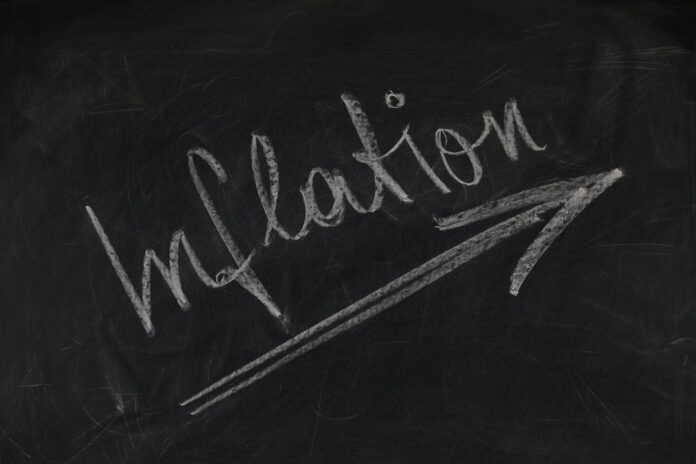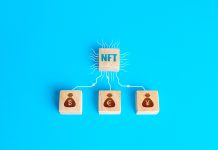Colbeck Capital recently explored the Lords of Finance: The Bankers Who Broke the World on their Medium blog. Liaquat Ahamed penned the book to consider the current financial crisis in the context of its parallels with the Great Depression and the economic crisis that led to it.
With the Biden Administration introducing social safety nets, stimulus checks, and progressive reforms, the siren has once again been sounded by hyperbolic and potentially histrionic media sources. Is America destined for wheelbarrows of cash due to hyperinflation caused by these policies, much like a post-World War I Germany experienced?
Introducing the Lords of Finance
The beating drum of fear that equates liberal policy with hyperinflation is likely due in large part to the Treaty of Versailles, a group of international bankers, and the extracted financial cost accrued by Germany after World War I. But Germany did not watch its currency inflate into the billions without any cause.
In Lords of Finance, Ahamed highlighted the works and opinions of four central bankers from across the globe: Montagu Norman of the Bank of England, Hjalmar Schacht of Reichsbank, Benjamin Strong from the New York Federal Reserve Bank, and Emile Moreau of Banque de France. Ahamed’s painted these figures as central causes of the financial collapse and dysfunction that came about in the 1930s.
Rather than portraying historical figures as populist heroes as historians often do, Ahamed explained that they were put in positions they simply were not properly prepared for. Beneath it all, violence, bloodshed, and international distrust permeated the era and skewed the financial response to a catastrophic conflict. In considering Ahamed’s work, Colbeck honed in on one of the most important moments in world history, The Treaty of Versailles.
Ethics of Financing World War
Leading up to the first World War, Kaiser Wilhelm II of Germany collected his most influential bankers to ask one important question: Was it possible for German banks to finance his war? When met with hesitancy and silence, Wilhelm amended his statement, “The next time I ask that question, I expect a different answer from you gentlemen.”
Needless to say, Germany’s banks rose to the occasion by printing massive amounts of currency. John Maynard Keynes, a prominent young economist at the time, loudly decried Germany’s choices by calling the German government “too timid and short-sighted” to secure finances through loans and taxes.
While Germany was far from the only nation to experience inflation during World War I, they did so with the express understanding that a quick victory was required to make their situation amenable. That did not happen, and the victors were ready to demand retribution in the form of currency at the Treaty of Versailles at the end of the war.
Punitive Measures and Hyperinflation
Depending on your economic perspective, the Treaty of Versailles can be considered a precipitator to World War II. European nations and the United States wanted to send a message to Germany through massive punitive measures. As Keynes argued for a lower cap on financial punishment, arguing that fees in excess of $6 billion would cause global economic consequences, the Allies had other ideas.
Leading the way during the discussions was Lord Cunliffe, Governor of the Bank of England. Cunliffe prominently supported financial reparations before blandly requesting $100 billion from Germany, a number eight times Germany’s annual GDP. Cunliffe admitted that figure was made up and baseless, calling it a “shot in the dark.” As Lord Cunliffe attempted to bleed Germany dry, France was more than ready to add its own punitive measures.
According to Keynes’ runaway hit, The Economic Consequences of Peace, a more peaceful, compassionate, and practical approach would serve all parties involved. Keynes wrote, “If Germany is to be milked, she must first not be ruined.”
Economic Fallout of the Lords of Finance
While loud voices argued against overly punitive measures, Germany was ultimately told to pay a steep price for its actions: losing one-eighth of German territory, assuming full blame for the war, and amassing a bill totaling more than $33 billion. Reeling from these sanctions, the German government was forced to kick into overdrive to accommodate a demoralized and impoverished country. This lead German legislators to introduce many of the most common social safety nets revered today including the eight-hour workweek, welfare and health payments, and unemployment insurance.
While the social welfare programs attempted to help the German people, they were condemned by many neoliberal economists in the nation. The German Mark enjoyed a brief period of stability before foreign investors and speculators dumped billions of dollars into the country.
Political assassinations led to social unrest, and the death of Walter Rathenau at the hands of terrorists completely debased and destroyed confidence in the Mark. Prices in the country skyrocketed, and the steady march toward World War II stirred quietly beneath the surface. A failed delivery to France consisting of 100,000 telephone poles prompted an invasion of the Ruhr Valley and the loss of their largest sources of bituminous coal. Ahamed wrote, “By August 1921, a dollar was worth 620,000 marks. By early November 1923, 630 billion.”
Look to the Future, Recalling the Past
Germany’s economy was the picture of fear-mongering. Social safety nets were incorrectly blamed for massive inflation, and wheelbarrows of money were literally being pushed through the streets. Prices catastrophically skyrocketed, leading to a simple streetcar ride costing more than 15 billion marks.
Hjalmar Schacht helped pull Germany from the brink, inventing the Retenmark while building a bridge from the chaotic present to a more stabilized future. A loan from the Bank of England helped to continue the restoration of the country. Far from a happy ending, the Lords of Finance were left with a controversial role in history.
Find a Home-Based Business to Start-Up >>> Hundreds of Business Listings.

















































